Remarkable but insufficiently known works by famous female landscape designers
Innovative, creative, committed... Female botanists and gardeners have had a significant impact on today’s landscapes.

Innovative, creative, committed... Female botanists and gardeners have had a significant impact on today’s landscapes. However their contribution is often overlooked despite the fact that there are more and more women active in the sector. This is not very encouraging for girls to train for jobs in this high-growth sector. Perhaps we can do something about that: meet 6 inspiring famous female landscapers!
Gertrude Jekyll, the painter (1843 - 1932)
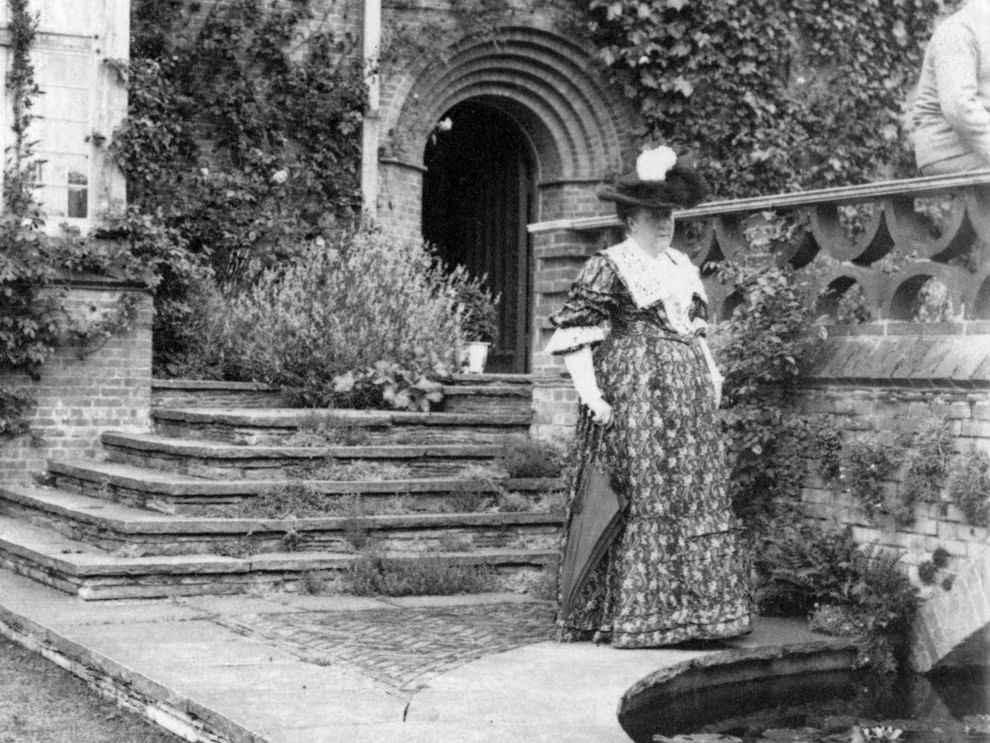
Portrait of Gertrude Jekyll
This landscape designer initially dedicated to painting found another form of artistic expression in flowers and plants. She invented a new form of garden architecture, founded on the harmony of colors, the choice of textures, scents and floral forms and methodical disorder in planting. She created more than 400 gardens, 2,000 landscape plans, wrote 14 books and published over a thousand articles. Her remarkable works, which inspired the “natural gardens” movement, was recognized by the award of the Royal Horticultural Society Victoria Medal of Honor.
Ellen Willmott, the rebel (1858 - 1934)
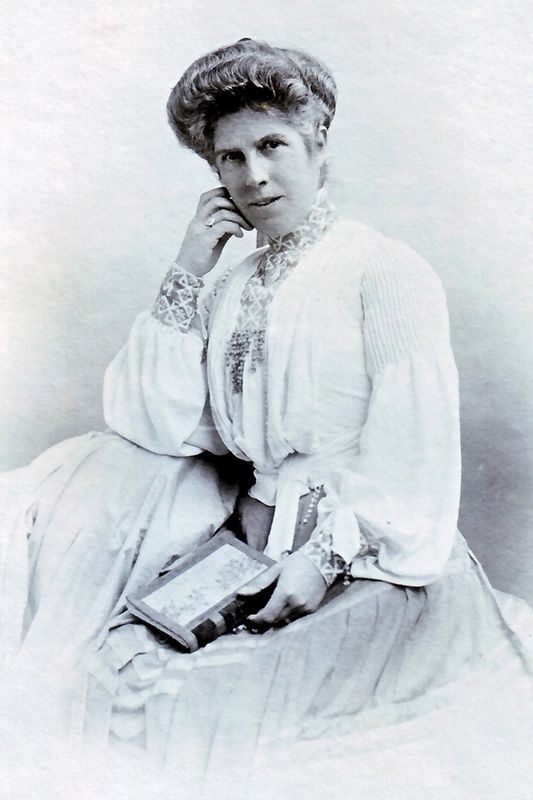
Portrait of Ellen Ann Willmott
Along with Gertrude Jekyll, British female gardener Ellen Willmott was one of only two women decorated with the Victoria Medal of Honor in 1897. An expert in daffodils, irises and roses, she cultivated over 100,000 species of plants. She designed the garden of William Shakespeare’s wife Anne Hathaway based on the flowers which appear in the poet and dramatist’s works. Her life was troubled by tragic events, leaving her heavily in debt and sad and her decision to enter the professional circles reserved for men started scandalmongering which tarnished her reputation. Today, over 60 plants are named after her and the truth of part of her history was revealed in 2019.
Beatrix Farrand, the academic (1872 - 1959)
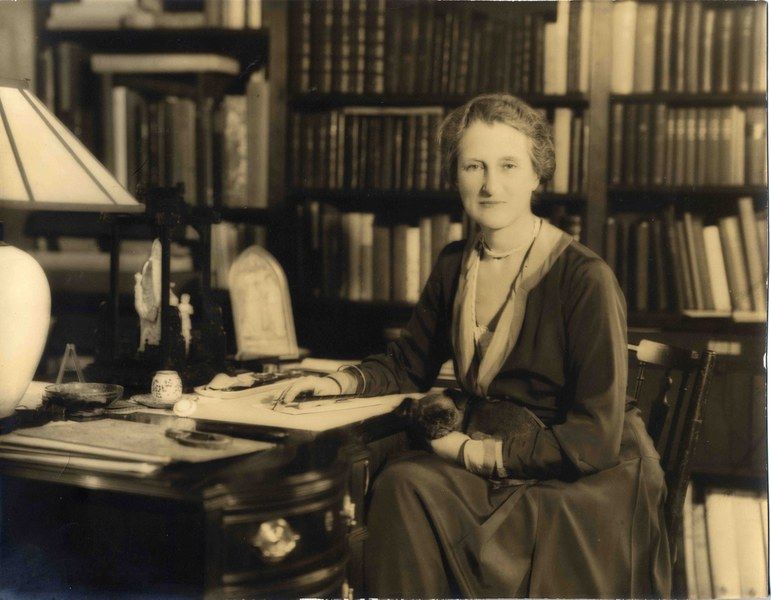
Portrait of Beatrix Jones Farrand
From New York, she liked to define herself as a “landscape gardener” and had a considerable influence on landscaping in North America. Only female founder member of the American Society of Landscape Architects, her landscaping work on Yale and Princeton University campuses made her famous and she designed many other prestigious green spaces including one at the Rockefellers’ home. She worked on vertical gardens, flower beds and the conservation of indigenous plants and landscapes. She founded a landscape study center in Maine featuring a vast library.
Ethel Earley Clark, the militant (1899 - 1976)
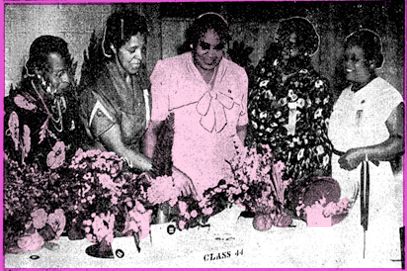
Photography of Ethel Granger McDowell Earley Clark (in pink).
Ethel Earley Clark was the first president and only woman founder of the Negro Garden Clubs of Virginia, an emblematic militant movement in the history of Afro-Americans. During segregation, its members were all Black gardeners from the community with the objective of beautifying the districts in which they lived, intentionally neglected by the authorities. Ethel Clark motivated locals to create decorative and kitchen gardens to facilitate access to food and encourage minorities to engage in civic and political actions to improve their living conditions.
Discover 4 kinds of urban agriculture
Beth Chatto, the avant-gardist (1923 - 2018)
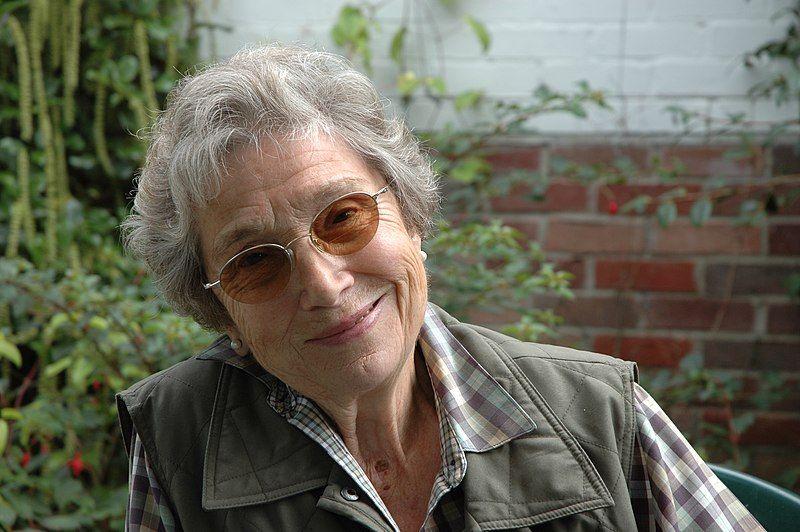
Portrait of Beth Chatto
© Buddhaamoena, CC BY-SA 4.0, Wikimédia
Beth Chatto was an English landscape designer famous for her natural and innovative gardens on problem soils. Her ecological and sustainable approach is based on her credo “the right plant in the right place”, i.e. creating gardens in places with little water or poor soil. She shared her expertise in conferences all over the world and many books on gardening contributing to the development of an ecological approach to green space design.
Wangari Maathai, the ecofeminist (1940 - 2011)
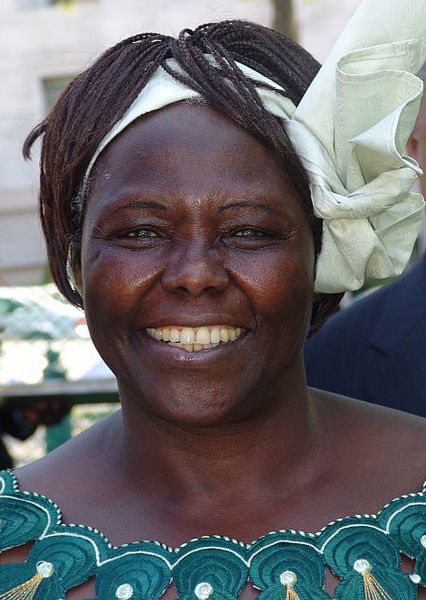
Portrait de Wangari Maathai
© Kingkongphoto, CC BY-SA 2.0, Wikimédia
Following the example of Ethel Earley Clark, Kenyan Wangari Maathai is at the origin of one of the first African ecofeminist landscaping initiatives. By training a biologist called “the woman who talks to trees”, she worked to protect the landscape without letup. In 1977, she founded the Green Belt Movement, a reforestation project which encouraged women to plant over 47 million trees to fight deforestation which obliged them to seek resources further and further away. In 2004, she was the first African woman to receive the Nobel Peace Prize.
What women do today in landscaping?
Although the vast majority of landscapers are men, more and more women are entering the profession. In France, their contribution grew by 33% between 2018 and 2020, although they only represent 12% of all landscape design employees. Recruits are younger and increasingly oriented to “hands-on” tasks (28.5% of the workforce in 2020 vs. 22.5% in 2016).
Source: Unep
Landscaping is progressing and the work of professional organizations to counter the last prejudices is paying off. Women are increasingly invited to consider the opportunities in the sector. To find out more about training and professional reconversion possibilities, go to meet experts and organizations at the Jobs and Training Village at Paysalia.



